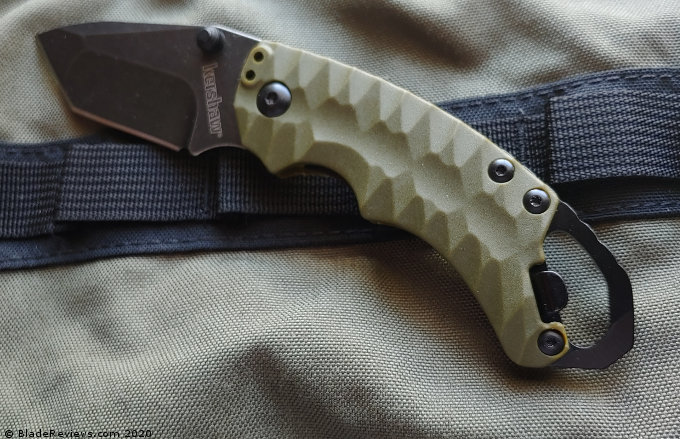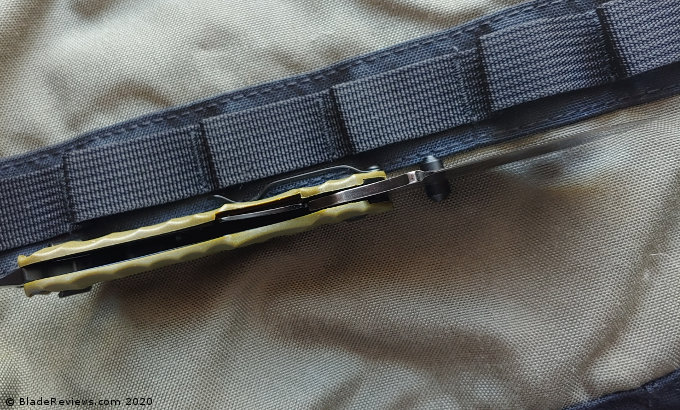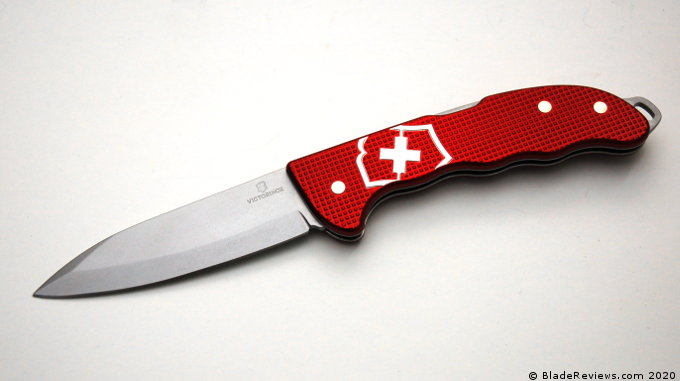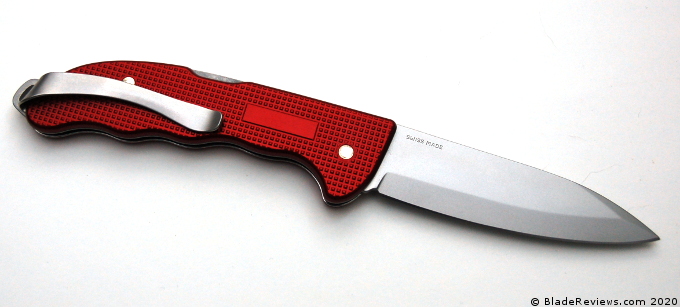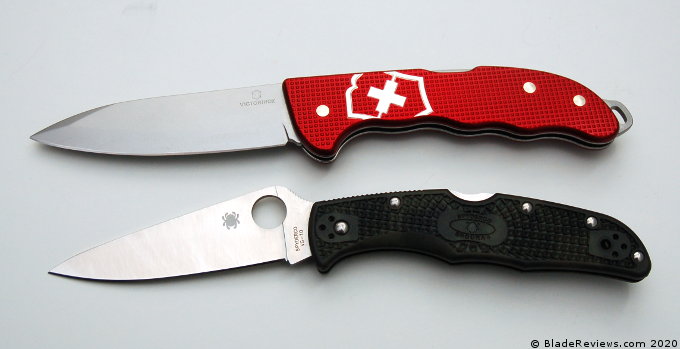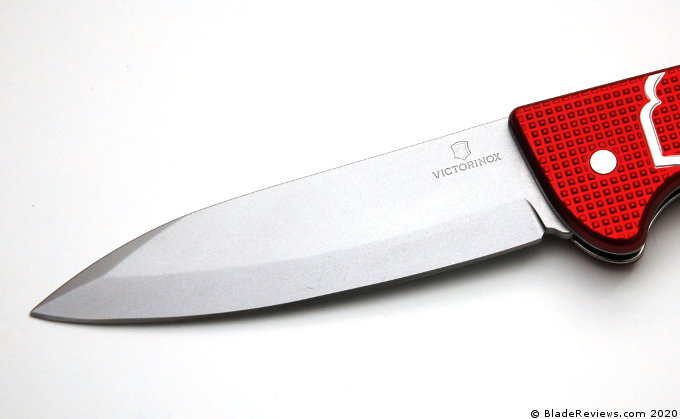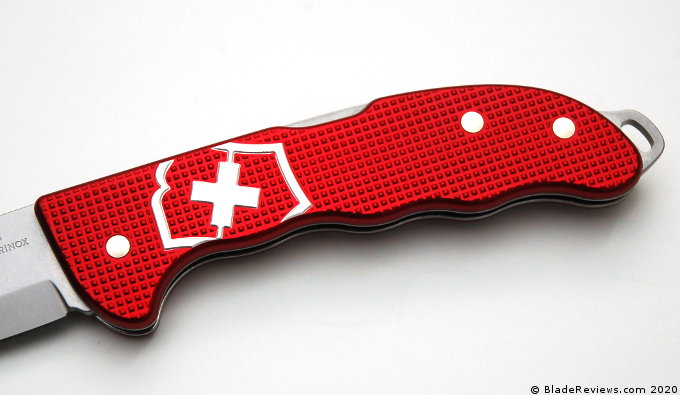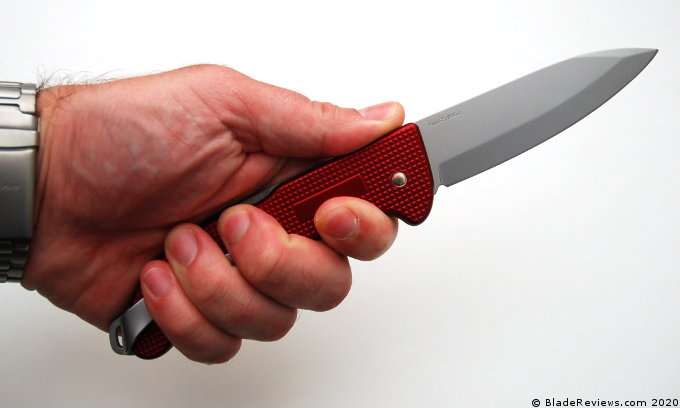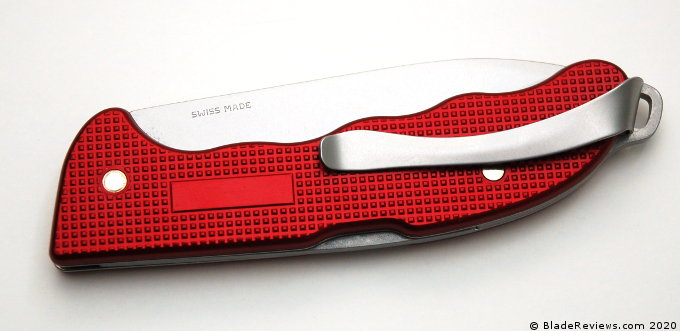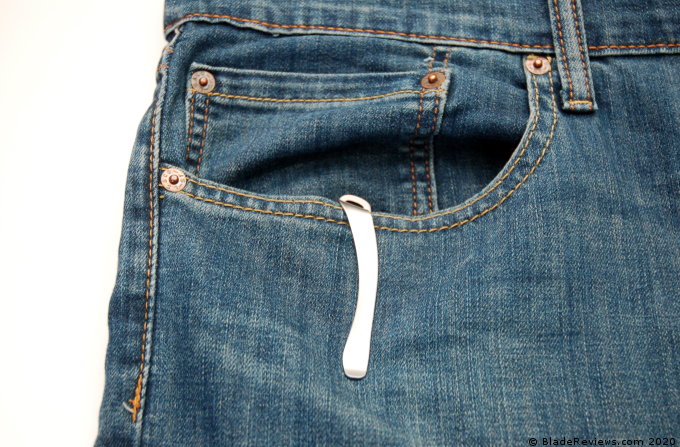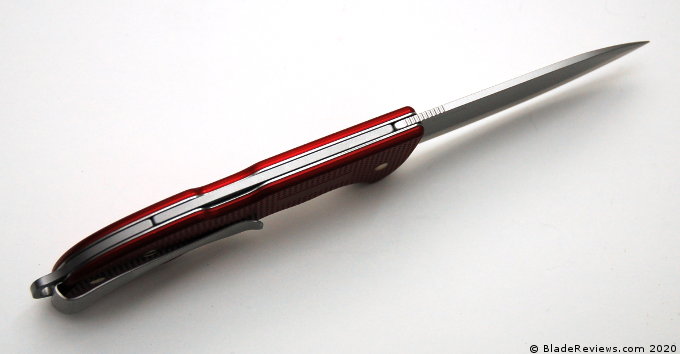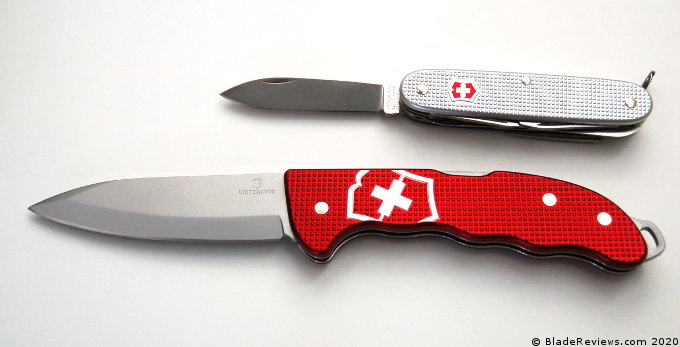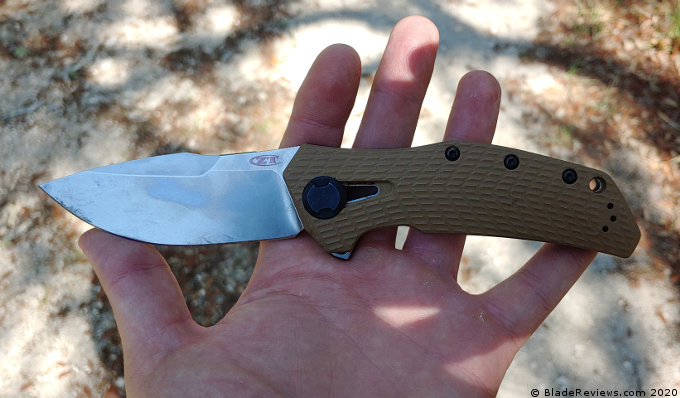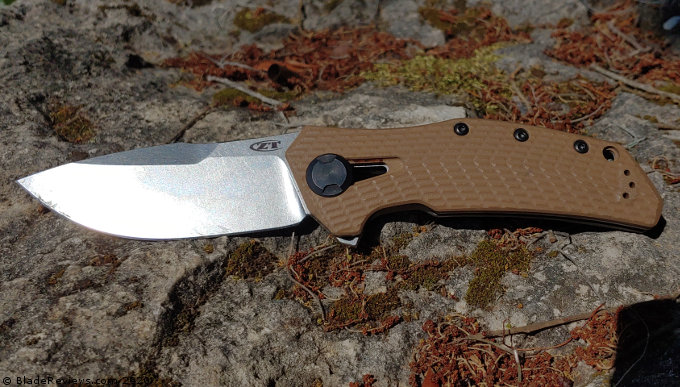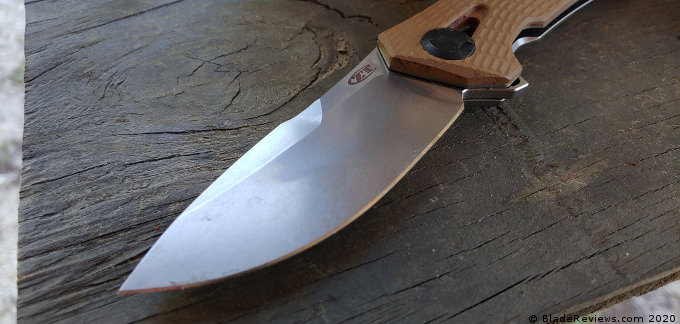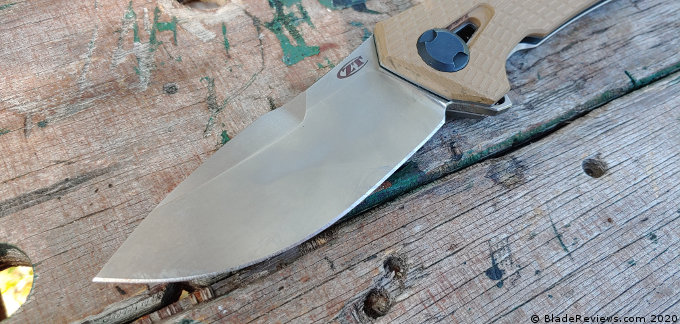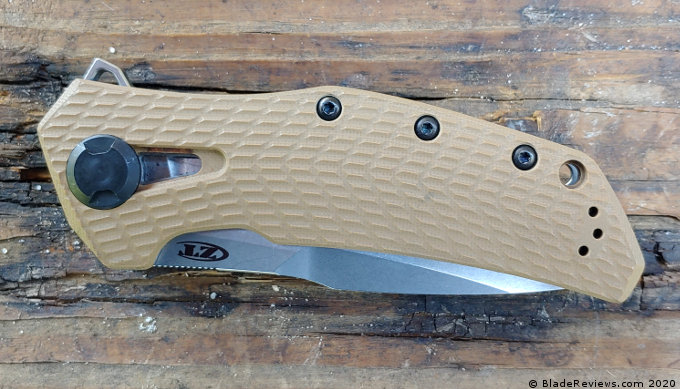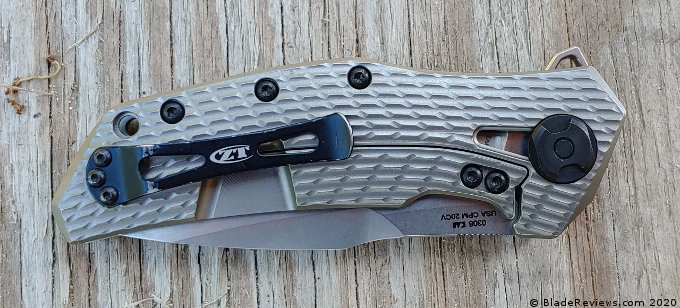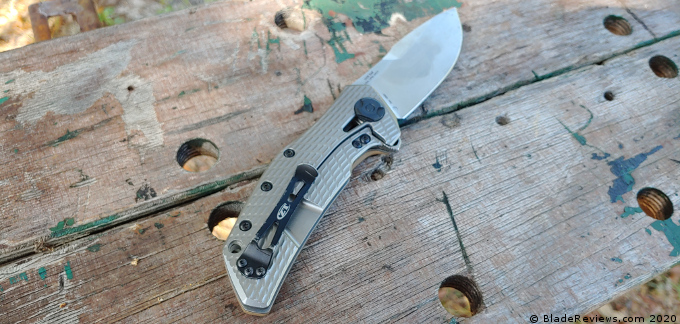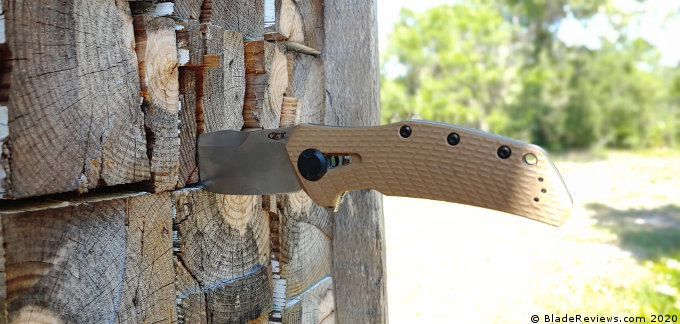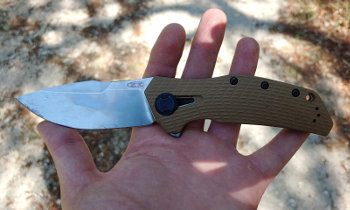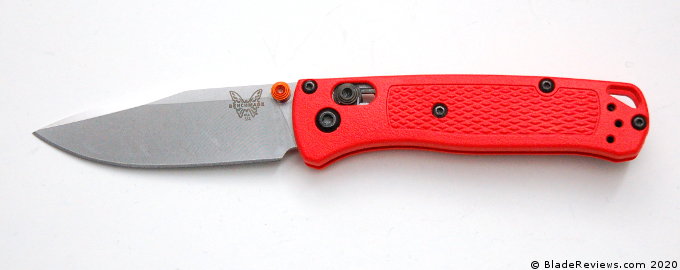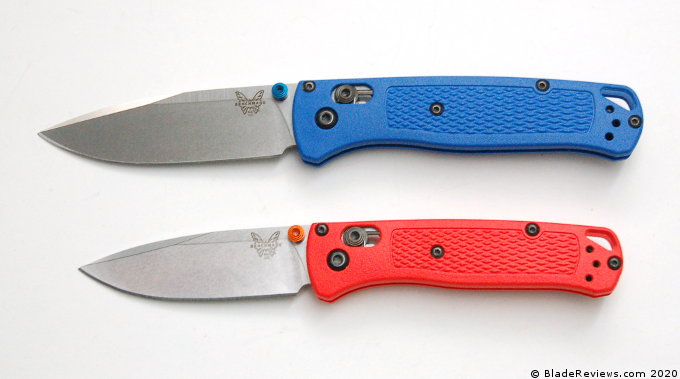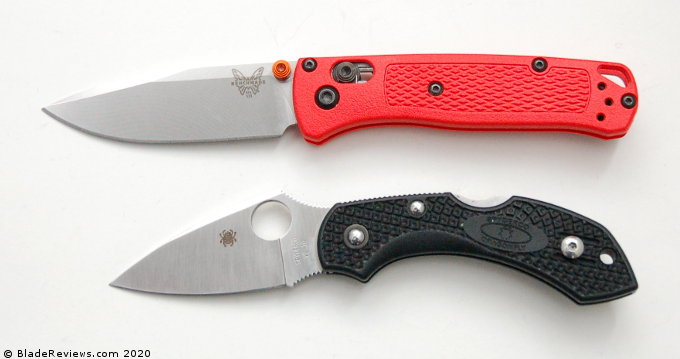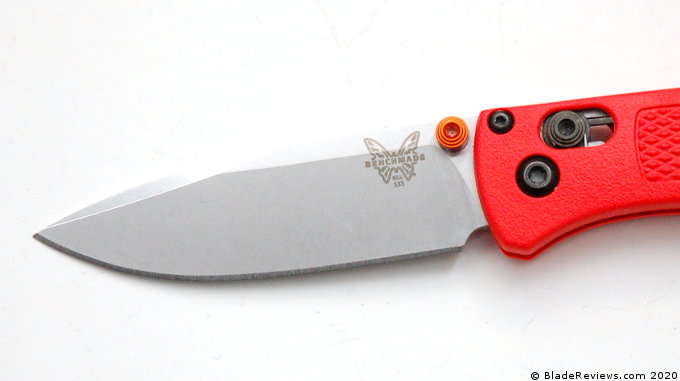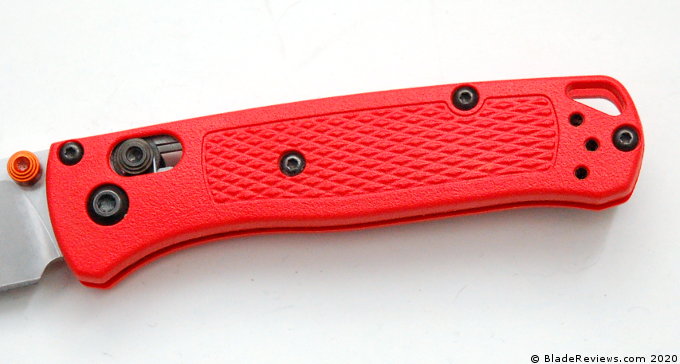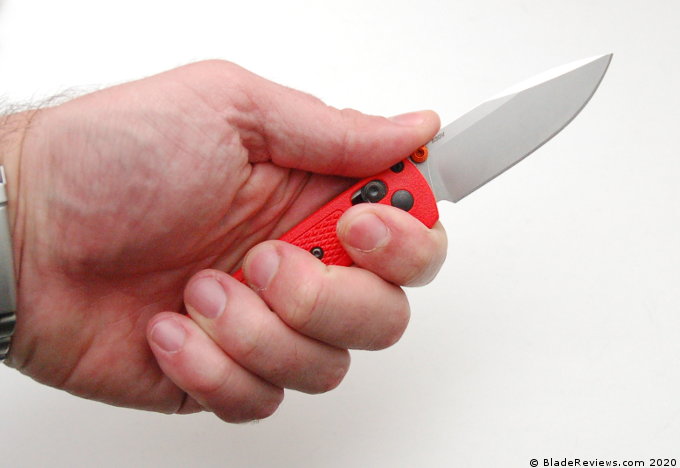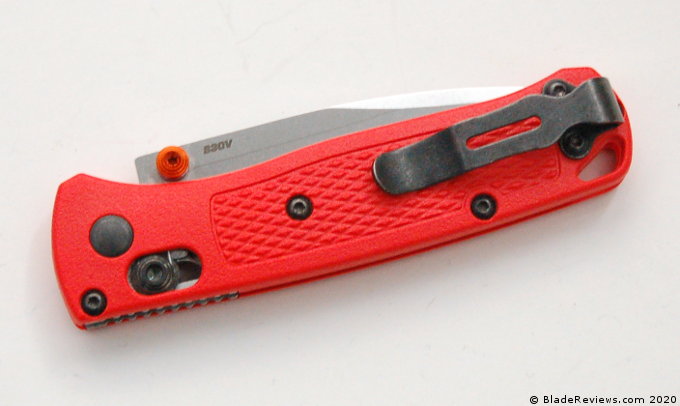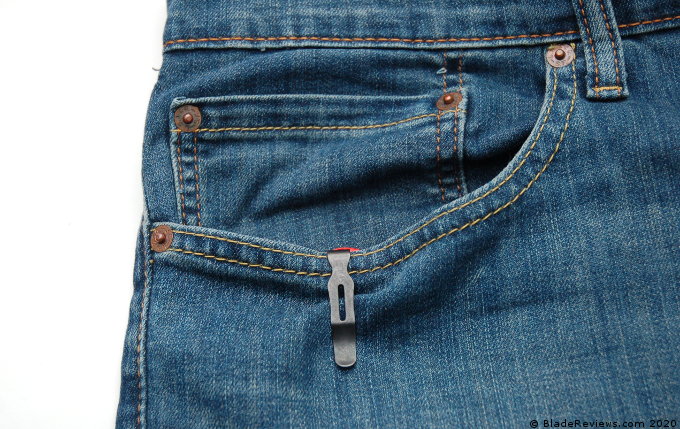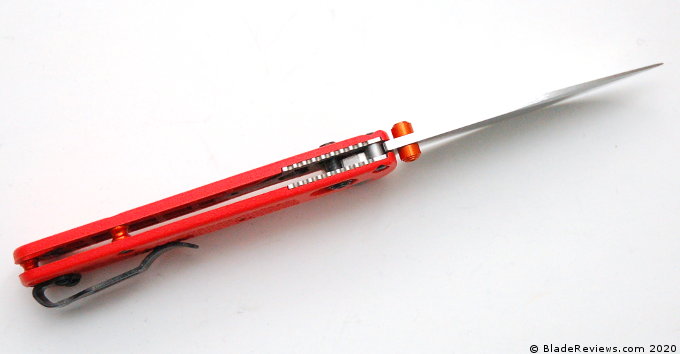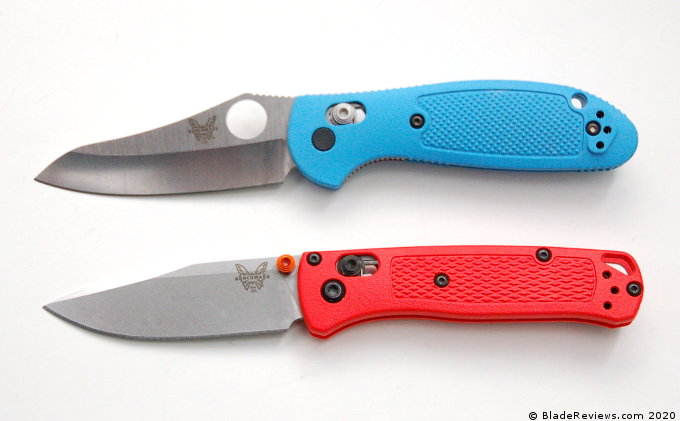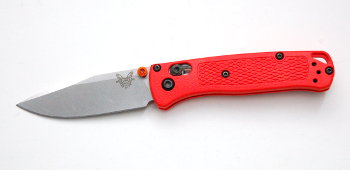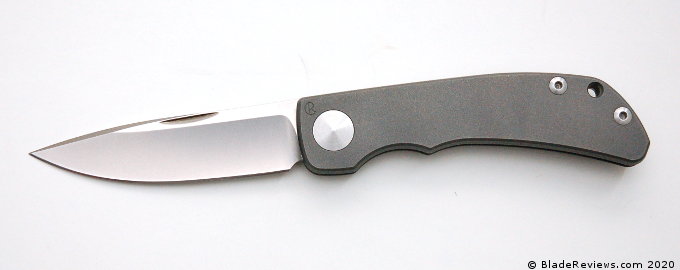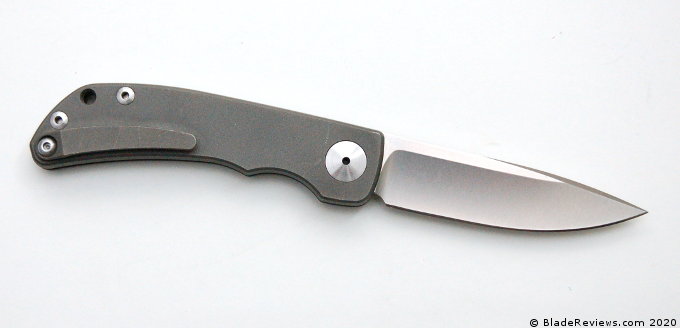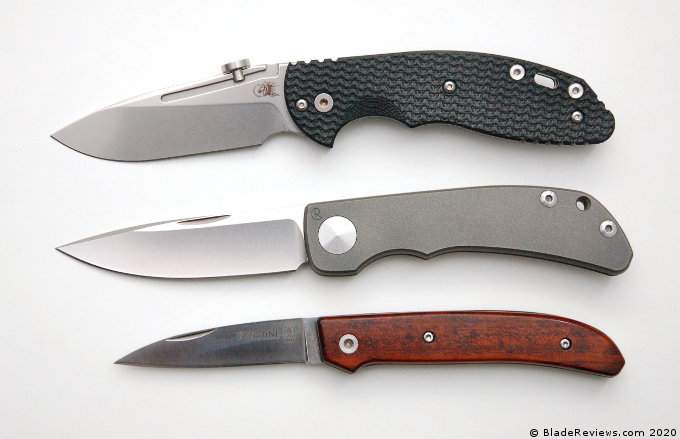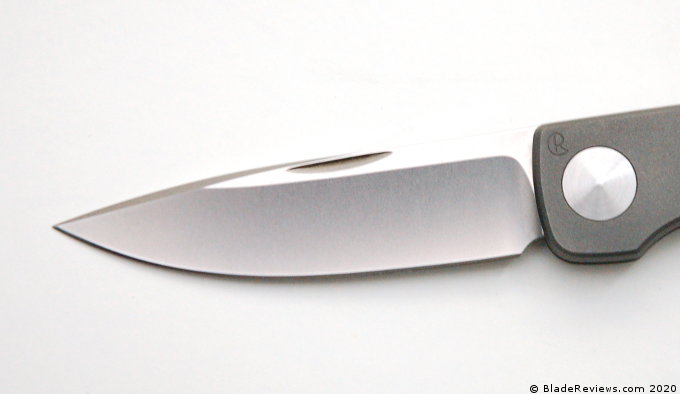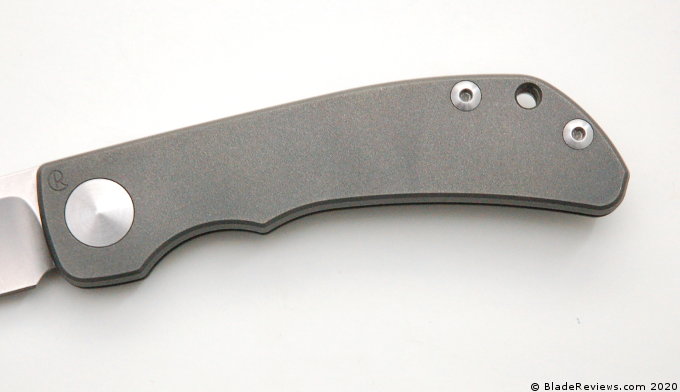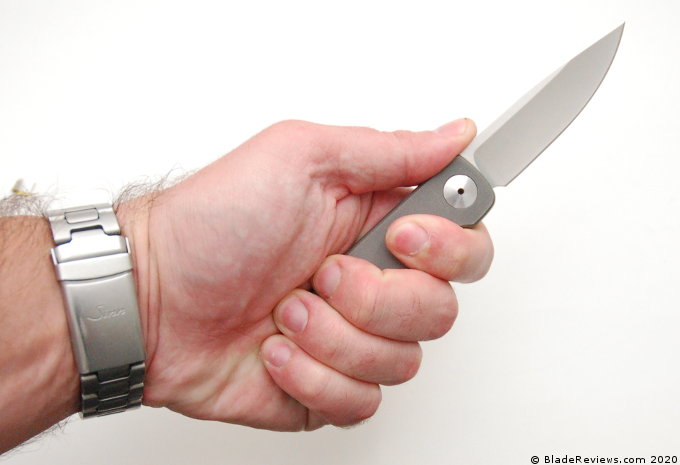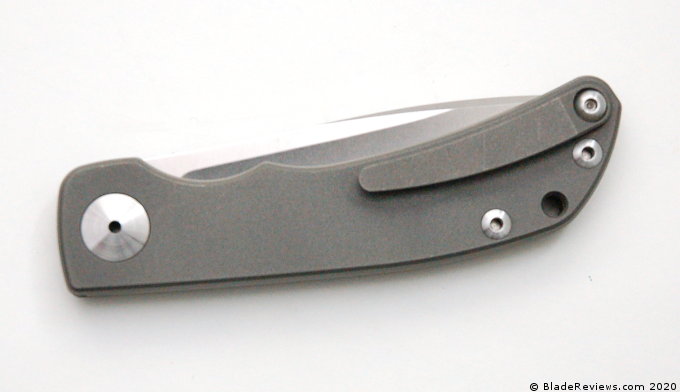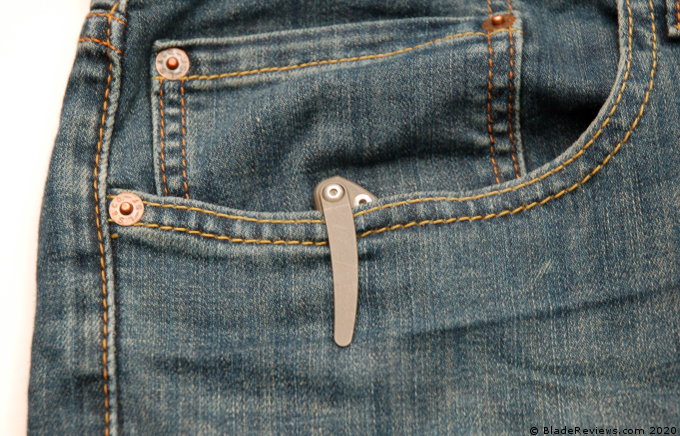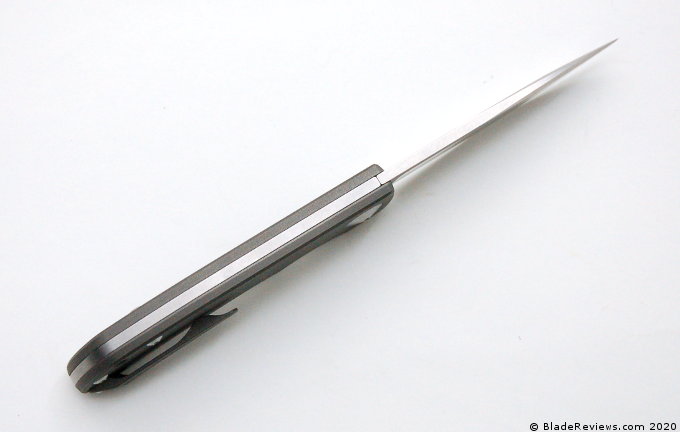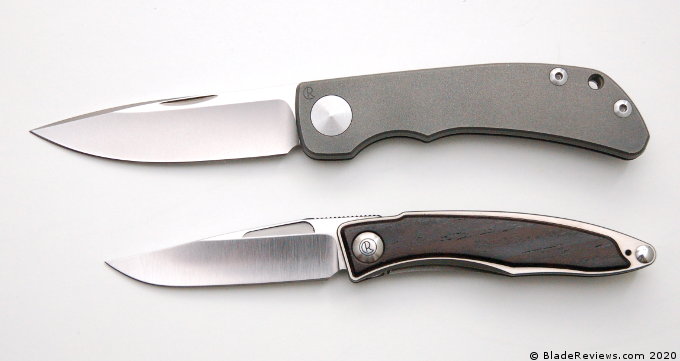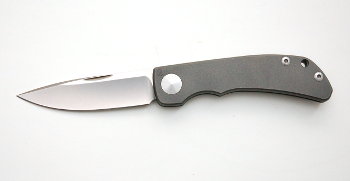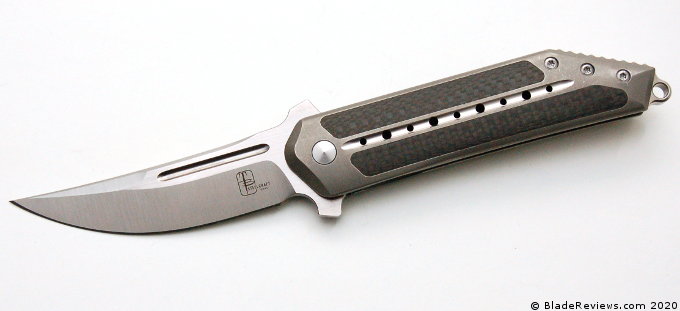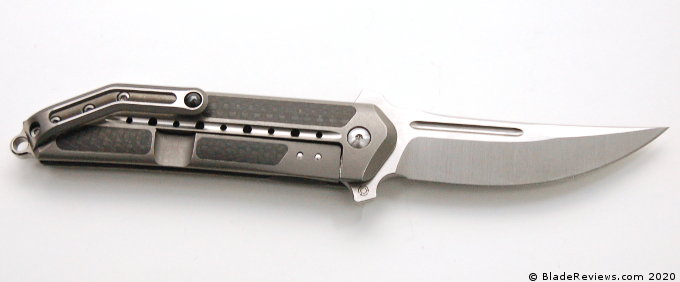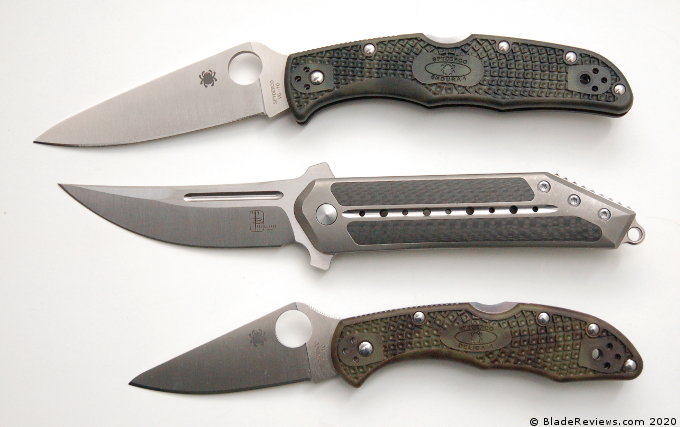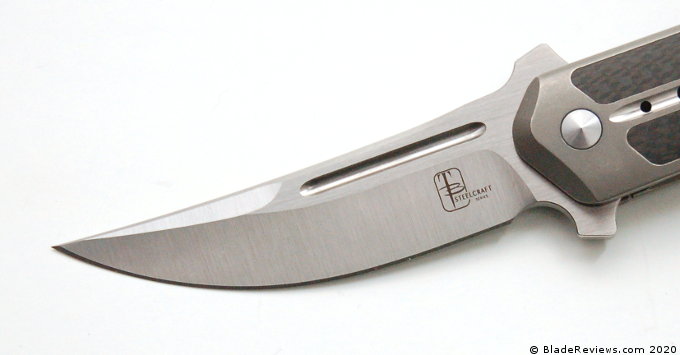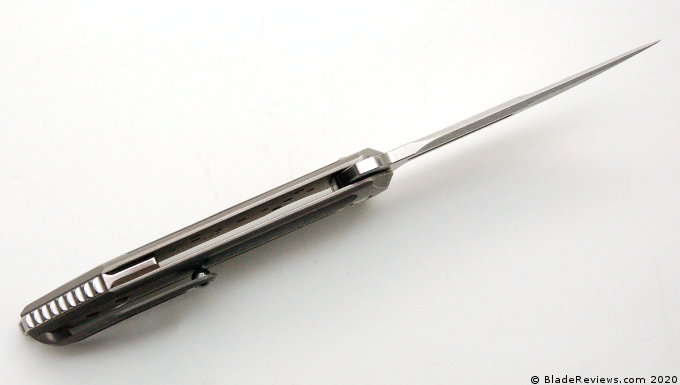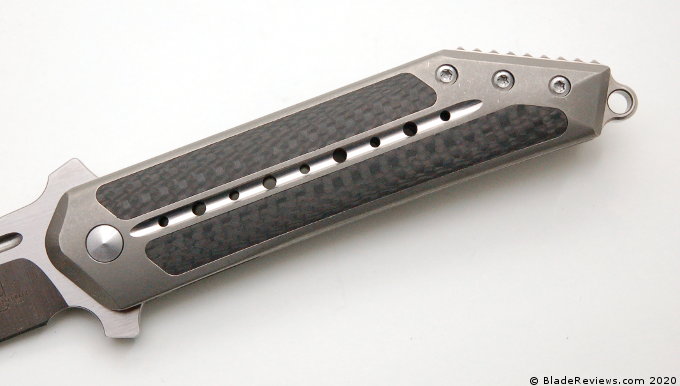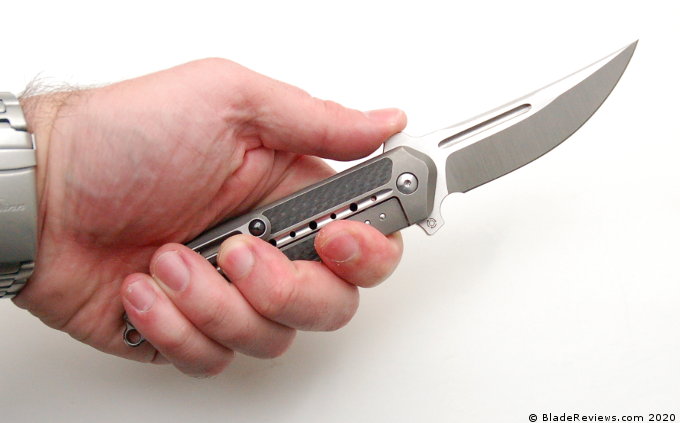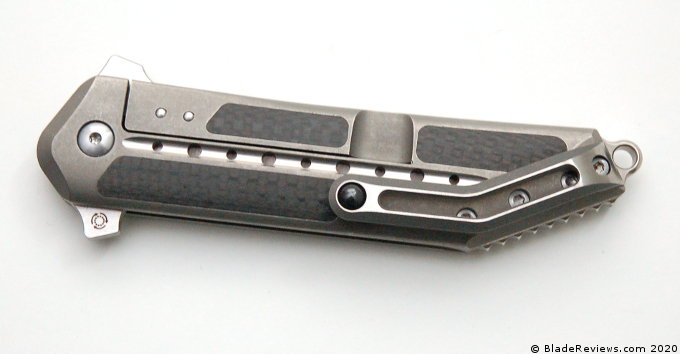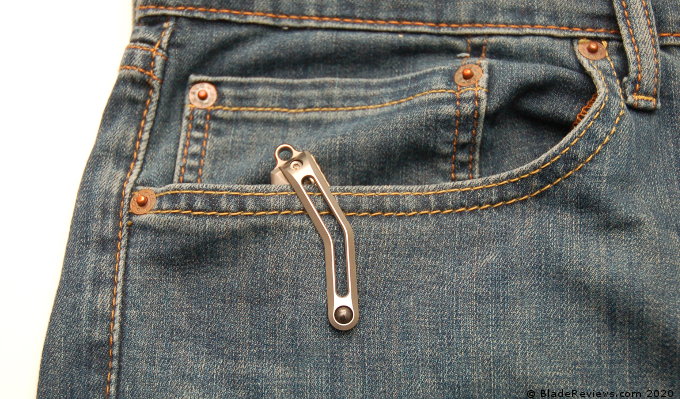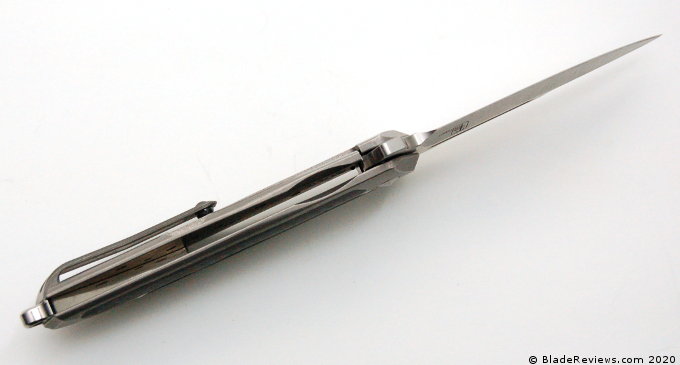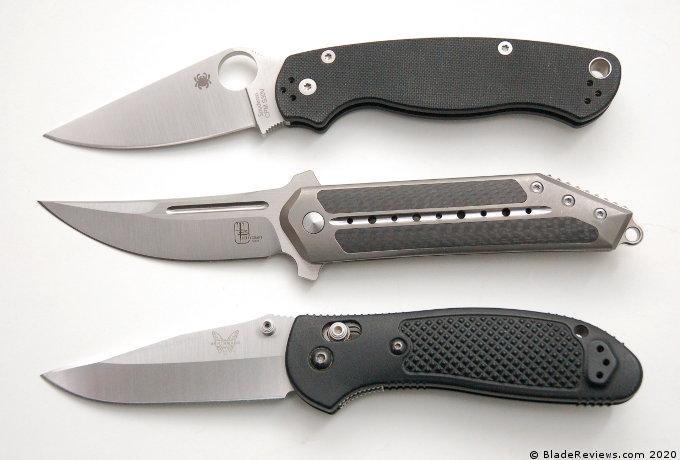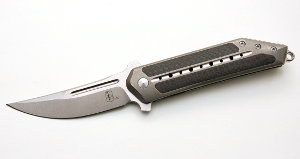I’m on a mission. A mission to find the best, budget-priced EDC knives. Many people carry budget knives for a variety of reasons, one being they often lose them. I’ve been there and done that, so I see the logic. One budget knife brand that seems to garner some respect is Kershaw, and with that in mind, I grabbed a Kershaw Shuffle 2.
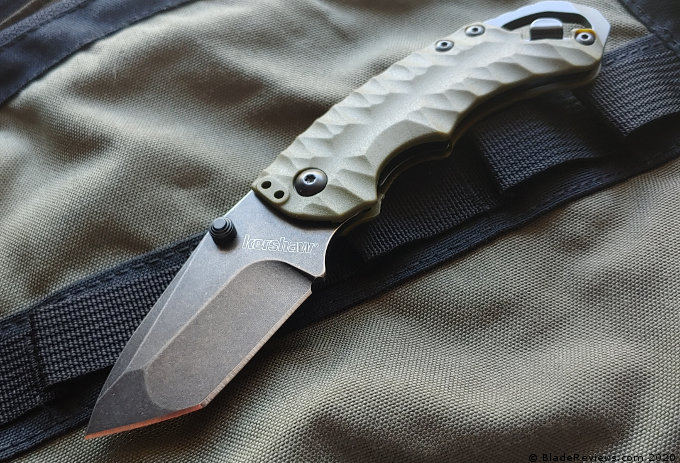
Buy the Kershaw Shuffle 2 at BladeHQ
Buy on Amazon
The Kershaw Shuffle 2 costs a mere 20 bucks, and that’s a reasonable price for a budget based knife. The Shuffle 2 is more significant than the original Shuffle but keeps its multifunction design. It also has several different features that distinguish it from the Shuffle and make it more than just a slightly modified variant.
General Dimensions and Blade Details
The Kershaw Shuffle 2 sports a 2.6-inch long blade that is 0.106 inches thick. The handle is a hair under 4 inches long and is .4 inches thick. When closed, the knife is 4 inches long, and when opened, the overall length is 6.3 inches. The knife weighs just a mere 3 ounces, and that’s super light. The blade does a decent job of being efficient in both size and weight.
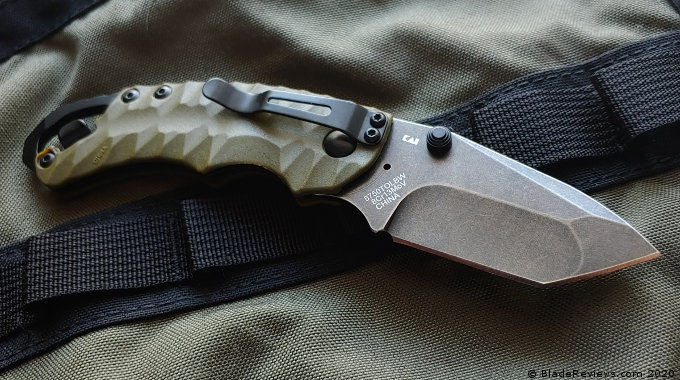
The Shuffle 2’s blade is an American Tanto design, so it packs a little wallop for such a small knife. The cutting edge is rather short due to the lack of any real belly to the knife. The American Tanto tip gives you a nice corner edge, and that does allow for good cuts into thicker, less friendly materials. The Shuffle 2 cuts effortlessly through heavy cardboard, clamshell packaging, several layers of duct tape, and even thicker fabrics
The blade itself is made from 8Cr13MoV, a pain-to-type, but not a bad budget steel. It’s an affordable option for discerning customers. The blade can get quite sharp and seems to hold the edge well for cheap steel. It’s not as lovely as 154CM steel, but the edge seems to last for a couple weeks’ worth of EDC tasks. The Blackwash finish is one that I’ve always been a fan of. It looks very nice and protects your knife from visible scratches and stains.
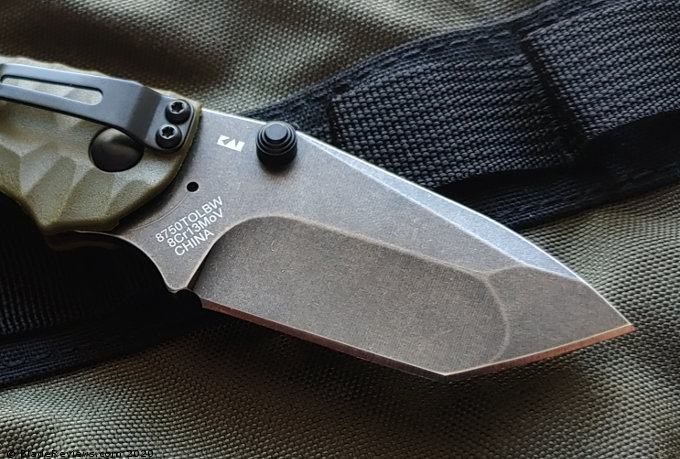
For a twenty-dollar knife, I find the 8Cr13MoV to be more than adequate. For a pocket knife, the steel is well suited for daily tasks and cuts well while looking good.
The Shuffle 2 has a big choil that your finger fits into easily and prevents the blade from closing should the lock fail. The choil is quite comfortable and is a natural extension of the grip. Not using it to hold the knife would be silly. The knife blade lacks any jimping at the top of the blade for driving it with your thumb.
The Shuffle 2 has a nice swedge for cutting through thicker materials. It does glide through things like tomatoes and allows the wide and flat blade to do its job.
Handle, Ergonomics, and Pocket Clip
The handle is an exciting design that has a gradual curve to it. The handle is designed built-in finger grooves that feel generous and conforms to your hand and does not force your hand to adjust to it.
The grip itself is made from glass-filled nylon and comes in various colors. Mine is a lovely olive green, and I honestly enjoy the look of it. The grip is also textured with an odd wave-like design that clings to the hand without being overly uncomfortable.
The grip design also fits all four of my massive fingers on it. I wear XL gloves, and my hand fits on the knife very well. The knife gives you a fantastic degree of control over the knife. The mix of a short blade and a long handle makes it very easy to handle. You can put a lot of pressure on this little blade, and it can take it.
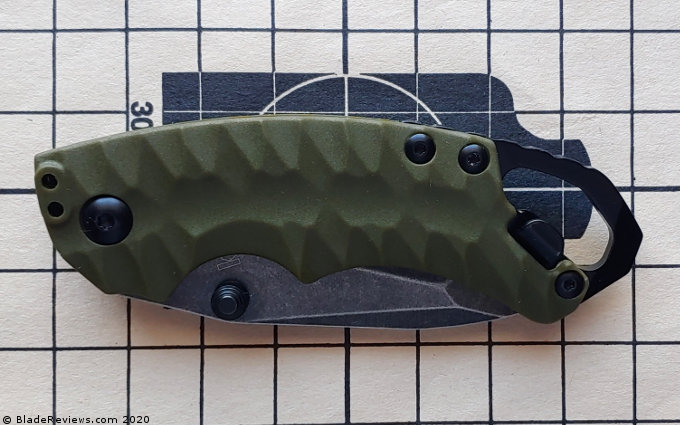
On the bottom end of the handle is where the multifunction nature of the Shuffle 2 comes into play. The sizeable looking lanyard loop is a lanyard loop and a bottom opener, and the tip is even a flat head screwdriver. As a flat head screwdriver, you can also use it as a pry bar. These are neat, but to be honest, I’ll never use the rear of this knife for anything other than a bottle opener.
The pocket clip is skinny, but the knife is light, so it’s not a big deal. The pocket clip is reversible for either side, but you can only carry tip-up. I prefer tip down, but it’s not a deal-breaker.
Deployment and Lock-Up
Opening the knife is easy enough, and it has ambidextrous thumb studs. You can easily open the knife with one hand, and the blade does glide out of the handle very smoothly. Those thumb studs are rather small, so you can’t sling it open rapidly like most knives. I think a rear thumb flipper would be a better option. If you want to use two hands for whatever reason, you can comfortably grip the swedge and pull it open with little resistance.
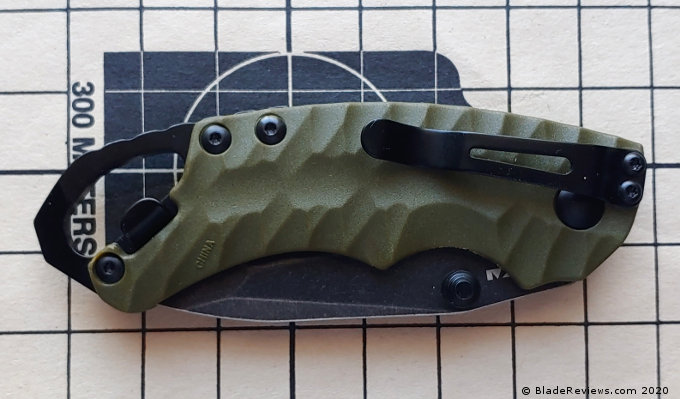
The blade uses a simple nested liner lock that clicks loudly in place and delivers both an audible and tactile feedback. The Shuffle 2 does lock up very tightly and feels very solid overall. I have not noticed any movement, play, or feel like the blade is going to come loose on me. The choil also ensures the blade isn’t going to close on you as well.
The liner lock is rather small and tougher for me to reach with my fat thumb. It’s easier for me to use my index finger to hit the liner and close the lock. The Shuffle 2 is a compact knife, so I guess this is one sacrifice you have to make.
Kershaw Shuffle 2 Review – Final Thoughts
The Shuffle 2 is a rather impressive blade for the money. Color me impressed. I plan to keep seeking out budget knives, and I’m pleased the search has started so well. The Shuffle 2 is a worthwhile budget blade that is a great EDC tool. It’s not one you’d take as a survival blade, a self-defense weapon, or on deployment, but it’s a great choice for everyday carry. The Shuffle 2 offers a lot of knife for a low price.
Editor: I recommend purchasing the Kershaw Shuffle 2 at BladeHQ or Amazon. Thank you for reading.
